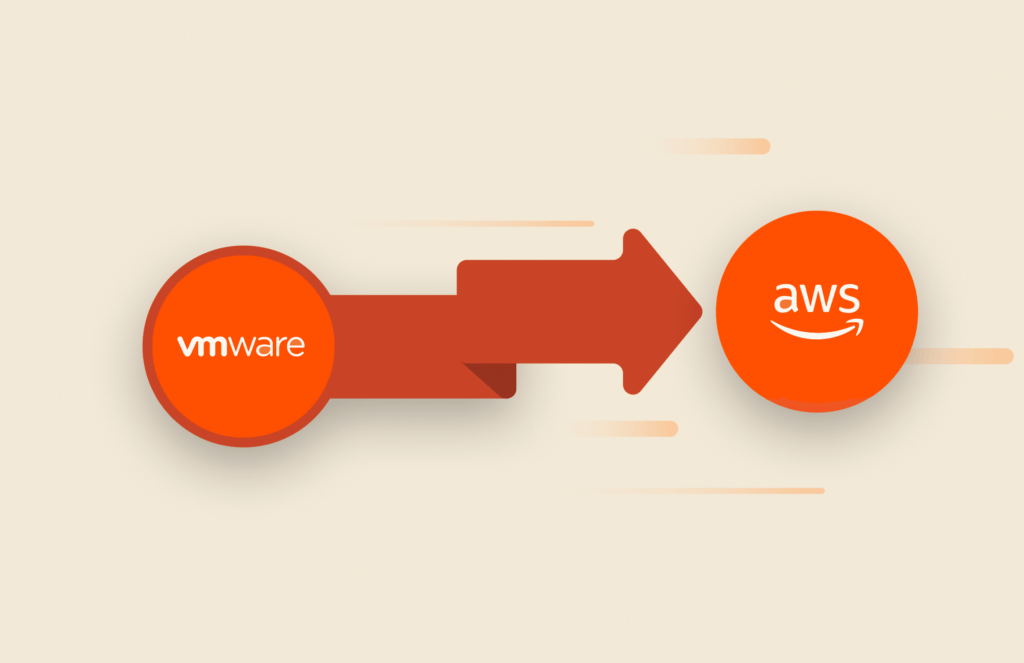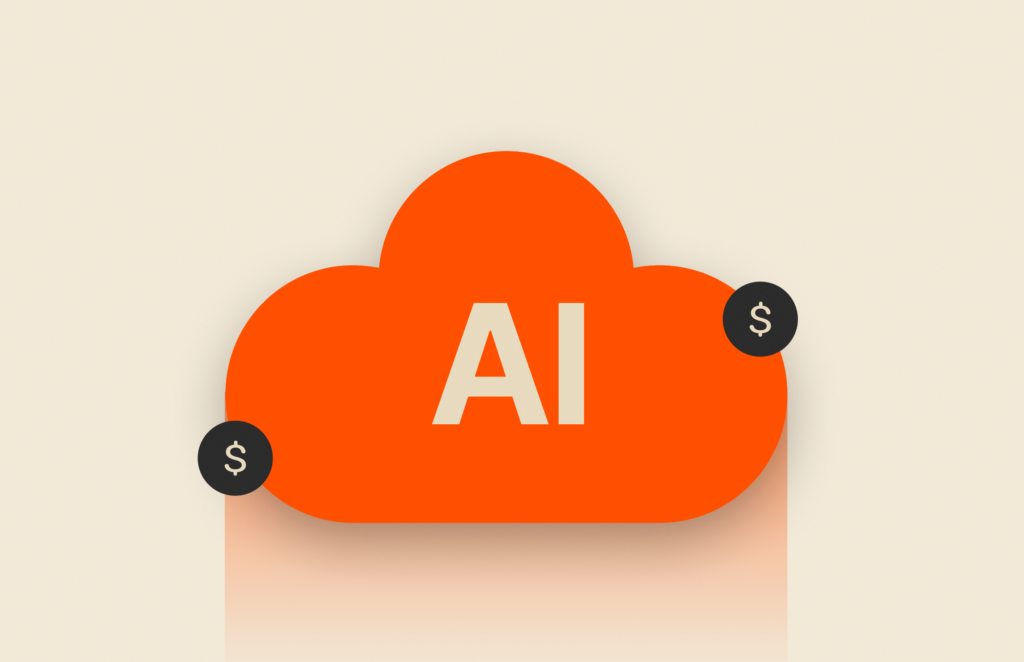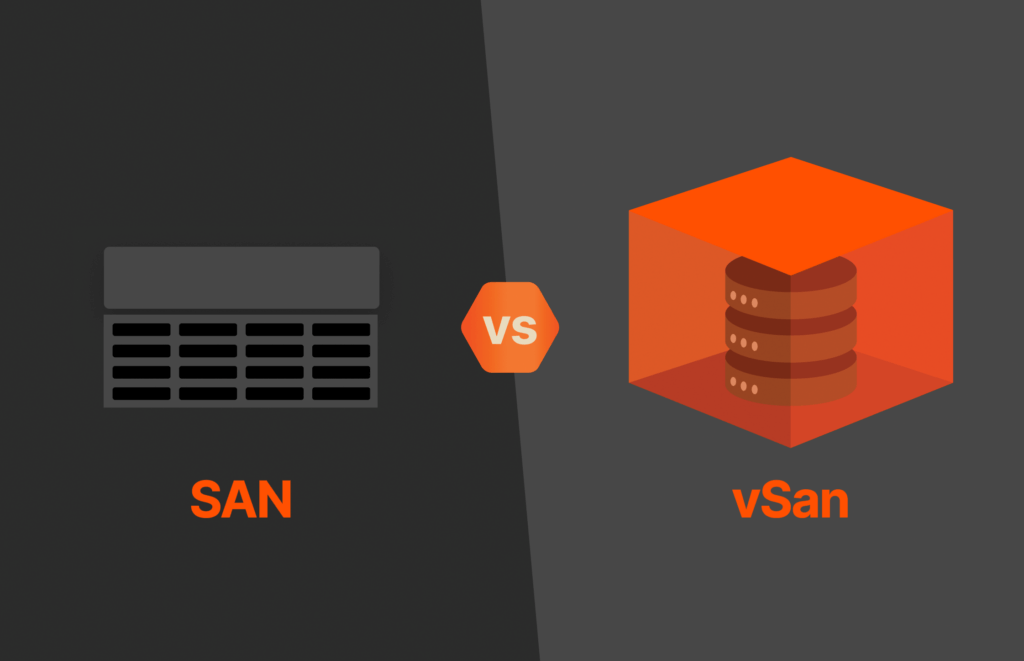Summary
In today’s rapidly changing security landscape, the role of the CISO has become more strategic. They’re tasked with navigating the complexities of cloud security and mitigating risks associated with cloud adoption.
Chief information security officers (CISOs) were once primarily focused on cybersecurity. Not so anymore. The increasing amount and type of cyber threats, especially those resulting from the use of generative AI, has forced them to rapidly evolve into a more strategic role.
The cloud’s challenges are already well-documented: rising costs, insecure APIs, lack of visibility, insider threats, compliance, data loss, breaches, etc…
As more and more organizations migrate workloads to the cloud, CISOs, whose primary goal is to protect organizational data, are having to grow octopus arms to manage everything and ensure company data stays safe without overspending to keep things that way.
Read on to gain a deeper understanding of the CISO’s role as it relates to cloud security.
Understanding the Role of CISOs in Cloud Security
CISOs are responsible for ensuring the safe migration and secure operation of organizational data and infrastructure in cloud environments.
Their key responsibilities include:
1. Strategic Planning and Risk Assessment
CISOs lead the strategic planning for cloud adoption by identifying potential security risks associated with moving to the cloud, ensuring that cloud services comply with relevant regulations and industry standards, and evaluating and selecting cloud service providers (CSPs) based on their security capabilities.
2. Developing a Robust Cloud Security Strategy
CISOs are responsible for developing and enforcing security policies tailored to cloud environments. This includes implementing strong identity and access management (IAM) practices such as single sign-on to control access to cloud resources, ensure data encryption both in transit and at rest, and manage encryption keys securely.
3. Migration Planning and Execution
CISOs are responsible for cloud migration planning and execution, including identifying all data and applications to be migrated, choosing between lift-and-shift, refactoring, or rebuilding applications for the cloud, and implementing necessary security controls during the migration process to avoid vulnerabilities.
4. Continuous Monitoring and Incident Response
Once organizational data is in the cloud, CISOs are in charge of keeping it safe by using cloud-native and third-party tools to continuously monitor for security threats, implementing intrusion detection and prevention systems (IDPS) to identify and mitigate threats, and developing and maintaining an incident response plan specific to cloud environments.
5. Collaboration and Training
Effective cloud security requires collaboration and education. CISOs lead this effort by working closely with IT, DevOps, and other departments to ensure security is integrated into all aspects of cloud operations and also by conducting regular training for staff on cloud security best practices and emerging threats.
6. Governance and Compliance
CISOs ensure that cloud operations adhere to governance frameworks and compliance requirements by ensuring that the organization complies with data protection laws such as GDPR, HIPAA, and others relevant to their industry, and also by regularly auditing cloud environments and reporting on security posture to senior management and stakeholders.
7. Adopting Security Best Practices and Technologies
CISOs play a vital role in adopting the latest security technologies and best practices.
They do this by:
- Implementing a zero trust model to verify every access request as though it originates from an open network.
- Integrating security into the DevOps pipeline to ensure security is considered at every stage of the software development life cycle.
- Leveraging AI and machine learning to detect and respond to advanced threats.
Ensuring Safe Cloud Migration: Best Practices
A secure cloud migration is a multifaceted challenge that involves:
1. Planning and Strategy Development
- Establish clear goals for the cloud migration, including business objectives, technical requirements, and security needs.
- Involve key stakeholders from different departments (IT, legal, finance) to ensure a comprehensive approach.
- Decide on the type of migration (lift-and-shift, replatforming, rearchitecting) based on the business requirements.
2. Risk Assessment and Management
- Conduct a thorough risk assessment to identify potential security vulnerabilities and compliance issues.
- Develop threat models to understand the possible threats to the data and applications being migrated.
- Create a risk mitigation plan to address identified risks, including implementing security controls and compliance measures.
3. Choosing the Right Cloud Service Provider (CSP)
- Assess the security features and certifications of potential CSPs (e.g., ISO 27001, SOC 2, GDPR compliance).
- Ensure SLAs clearly define security responsibilities, uptime guarantees, and incident response times.
- Consider data residency requirements and ensure the CSP complies with relevant regulatory frameworks.
4. Proper Data Transfer
- Classify data based on sensitivity and criticality to apply appropriate security controls.
- Use strong encryption methods for data in transit and at rest to protect data during transfer.
- Use secure transfer protocols such as SFTP, HTTPS, and VPNs to safeguard data during migration.
- Perform incremental migration to ensure data integrity and minimize downtime.
5. Encryption and Key Management
- Implement end-to-end encryption to protect data throughout the migration process.
- Use robust key management practices, including the use of hardware security modules and regular key rotation.
- Ensure that only authorized personnel have access to encryption keys.
6. Maintaining Data Integrity
- Conduct data validation and integrity checks before, during, and after migration to ensure data accuracy and completeness.
- Implement comprehensive logging and monitoring to detect and respond to any anomalies or unauthorized access during the migration process.
- Maintain up-to-date backups and develop a disaster recovery plan to restore data in case of any issues during migration.
By following these steps and best practices, CISOs can ensure a secure cloud migration, protect sensitive data, and maintain business operations without compromise.

White Paper, 7 pages
Learn What’s Helping CISOs Sleep Better at Night
And how you can too.
Ensuring Secure Cloud Operations: Best Practices
Here are some best practices for ensuring secure cloud operations:
1. Continuous Monitoring
- Use real-time monitoring tools to continuously track network activity, detect anomalies, and identify potential security threats.
- Ensure comprehensive logging of all activities, including user access, data transfers, and system changes, to maintain a detailed audit trail.
- Monitor key performance and security metrics to assess the effectiveness of security controls and make necessary adjustments.
2. Incident Response
- Develop and maintain a detailed incident response plan outlining roles, responsibilities, and procedures for handling security incidents.
- Use things like SOAR and advanced detection tools to identify incidents quickly and thoroughly understand how and why the incident occurred.
- Develop and implement strategies to contain and eradicate threats promptly, minimizing damage and preventing recurrence.
- Conduct post-incident reviews to identify lessons learned, improve response procedures, and update security measures.
3. Regular Security Audits
- Perform regular internal audits to assess the effectiveness of security controls and ensure compliance with organizational policies and standards.
- Engage third-party auditors to conduct independent assessments and provide an objective view of the security posture.
- Regularly review compliance with regulatory requirements and industry standards to avoid penalties and ensure adherence to best practices.
4. Patch Management and Vulnerability Assessment
- Set up a robust patch management process to ensure timely updates and patches for all systems and applications.
- Conduct regular vulnerability assessments to identify and address security weaknesses before they can be exploited.
5. Access Management
- Maintain strict IAM practices to ensure that only authorized users have access to sensitive data and systems.
- Conduct periodic reviews of user access rights to detect and revoke unnecessary or outdated permissions.
6. Security Awareness Training
- Implement continuous security awareness training programs to educate employees on the latest threats and safe practices.
- Conduct regular phishing simulations to test and improve employees’ ability to recognize and respond to phishing attacks.
7. Staying Updated with the Latest Security Threats and Technologies
- Subscribe to threat intelligence services to stay informed about emerging threats and vulnerabilities.
- Participate in industry forums, conferences, and professional networks to exchange knowledge and stay updated on the latest trends and best practices.
- Continuously evaluate and adopt new security technologies and solutions that can enhance the organization’s security posture.
8. Policy and Procedure Updates
- Periodically review and update security policies and procedures to reflect changes in the threat landscape, technology, and regulatory requirements.
- Maintain thorough documentation of all security policies, procedures, and changes to ensure clarity and accountability.
Using Effective Communication to Enhance Cloud Security Efforts
To maintain and enhance cloud security, it’s extremely important for CISOs to effectively communicate with other departments and employees. Cross-departmental collaboration helps identify and mitigate risks more effectively. Each department can pinpoint specific risks relevant to its function, leading to a more thorough risk management strategy.
With the IT department, they should:
Align on security policies to facilitate the implementation of comprehensive security measures and tap their technical expertise for security tool deployment, system monitoring, and incident response.
With the legal department, they should:
Get guidance on regulatory requirements to ensure security practices comply with laws, such as GDPR, HIPAA, and CCPA, and get help with reviewing and negotiating contracts with cloud service providers to include robust security clauses and SLAs.
With executive teams, they should:
Receive the necessary strategic support and resources for implementing security initiatives, including budget allocation and personnel.
By fostering a culture of security awareness and ensuring effective collaboration with other departments, CISOs can enhance their cloud security efforts and build a resilient security posture.
Conclusion
The role of CISOs in cloud security is multifaceted and critical to the success of cloud migration and operations. By strategically planning, continuously monitoring, ensuring compliance, and fostering a culture of security, CISOs help protect organizational data and infrastructure in the cloud. Their expertise and leadership are essential in navigating the complexities of cloud security and mitigating risks associated with cloud adoption.But CISOs are only human. The other part of the equation isn’t human: It’s AI, which is transforming the face of data protection and security as we know it. AI is also transforming data storage. Learn how CISOs can use smarter storage to help them with data compliance efforts.
Written By:
Improve Data Privacy Compliance
See how smarter storage can help.
![]()






